Tired of meals that leave you hungry an hour later? It might be time to rethink your protein game. Protein isn’t just for bodybuilders—it’s the secret sauce for staying full, building lean muscle, and keeping your metabolism humming.
But here’s the best part: adding more of it to your day doesn’t require shakes or fancy powders. With a few smart swaps and creative tweaks, you can pack protein into breakfast, lunch, dinner—and even snacks—without breaking a sweat.
From pantry staples to grocery aisle heroes, here are 15 surprisingly easy, nutritionist-approved ways to power up every plate with pure protein.
1. Sprinkle Greek Yogurt on Everything
Greek yogurt transforms ordinary meals into protein powerhouses with minimal effort. Swap sour cream for this tangy alternative on tacos, baked potatoes, or soups for an instant protein boost.
The thick, creamy texture makes it perfect for breakfast parfaits or as a base for dips and dressings. A single 7-ounce container packs around 20 grams of protein while supporting your gut health with beneficial bacteria.
Keep a container in your fridge and get creative – mix with herbs for savory dishes or add honey for sweet applications.
2. Embrace the Power of Cottage Cheese
Cottage cheese might not win beauty contests, but its protein content is stunning. With 28 grams per cup, this humble dairy product deserves a comeback in your kitchen.
Morning toast becomes more substantial with a cottage cheese spread topped with sliced tomatoes or fruit. Mix it into scrambled eggs for fluffier texture and added protein. The mild flavor adapts to both sweet and savory dishes.
For a quick protein-rich snack, scoop some into half an avocado or blend it into smoothies for a creamy protein boost without the powder taste.
3. Add an Egg (or Two)
Eggs are nature’s perfect protein package, with each medium egg delivering about 6 grams of complete protein. The versatility of eggs makes them easy to incorporate into any meal.
Top your avocado toast, salads, or even soups with a poached or fried egg for instant protein enhancement. Hard-boiled eggs make perfect grab-and-go protein bombs for lunches or snacks.
Don’t toss those yolks! They contain nearly half the protein plus essential nutrients like choline and vitamin D. For a quick dinner upgrade, add an extra egg to fried rice, noodle dishes, or veggie stir-fries.
4. Swap Regular Yogurt for Skyr
Move over Greek yogurt – Icelandic skyr is the new protein champion in the dairy aisle. This traditional Icelandic food resembles yogurt but contains even more protein, with some brands offering up to 25 grams per cup!
The thick, creamy texture with mild flavor makes it perfect for breakfast parfaits or as a satisfying snack. Use skyr as a base for overnight oats to create a protein-packed breakfast that’s ready when you wake up.
Its tangy profile works wonderfully in smoothies, dressings, and dips too. The best part? Most varieties are naturally low in sugar while being high in calcium and probiotics.
5. Sneak in Lentils Everywhere
Lentils are protein ninjas – they blend into dishes while secretly boosting nutrition. These tiny legumes pack 9 grams of protein per half cup cooked, plus loads of fiber to keep you full.
Add red lentils to tomato sauce – they cook down completely, thickening the sauce while adding protein. Toss cooked green or brown lentils into salads for texture and staying power.
Make a batch on weekends for quick additions throughout the week. For picky eaters, pureed lentils can disappear into soups, casseroles, and even baked goods without detection. They’re also budget-friendly compared to animal proteins!
6. Transform Your Toast with Nut Butters
Ordinary toast becomes a protein-rich breakfast when topped with nut butters. Peanut butter leads the pack with approximately 8 grams of protein per 2 tablespoons, but almond, cashew, and sunflower seed butters are excellent alternatives.
Layer nut butter under sliced bananas or berries for a sweet start, or try savory versions with cucumber and everything bagel seasoning. Beyond toast, stir nut butters into oatmeal or yogurt for creaminess and protein.
Look for natural varieties without added sugars or oils. For maximum nutrition, alternate between different nut butters to get varied nutrients alongside your protein boost.
7. Sprinkle Seeds on Everything
Seeds are tiny protein powerhouses that can be sprinkled on virtually any dish. Pumpkin seeds lead the pack with nearly 9 grams of protein per quarter cup, while hemp seeds offer complete protein with all essential amino acids.
Add a tablespoon of chia or flax seeds to smoothies, yogurt, or oatmeal for an effortless protein boost. Roasted pumpkin or sunflower seeds create a crunchy topping for salads, soups, or roasted vegetables.
Seeds also provide healthy fats and minerals like magnesium and zinc. Keep a seed mixture in your refrigerator for quick access – just a tablespoon or two per meal adds meaningful protein.
8. Replace Rice with Quinoa
Quinoa isn’t just trendy – it’s a protein revolution for your plate. Unlike other grains, quinoa contains all nine essential amino acids, making it a complete protein with 8 grams per cooked cup.
Simply swap rice for quinoa in stir-fries, burritos, or as a side dish for an instant protein upgrade. Its subtle nutty flavor complements both savory and sweet dishes. For breakfast, try quinoa porridge with milk, fruit, and nuts.
Cook a large batch at the beginning of the week for quick meal additions. The fluffy texture and quick cooking time (just 15 minutes) makes quinoa one of the easiest protein boosters in your kitchen arsenal.
9. Blend Silken Tofu into Smoothies
Silken tofu is the secret weapon for creamy, protein-packed smoothies without the chalky taste of protein powders. With about 8 grams of protein per 100g serving, it creates luxurious texture while being virtually tasteless.
Simply add a quarter block to your morning blend with fruits, greens, and a liquid base. The smooth consistency also makes silken tofu perfect for creating dairy-free puddings, creamy soups, and salad dressings.
Unlike firm tofu, its silky texture disappears completely when blended. For those new to tofu, this preparation method is the perfect introduction – you’ll get all the protein benefits without any unfamiliar texture or taste.
10. Upgrade Pasta Night with Legume Noodles
Regular pasta night becomes a protein powerhouse when you switch to noodles made from chickpeas, lentils, or edamame. These alternatives pack 2-3 times more protein than wheat pasta – typically 20-25 grams per serving!
The texture has improved dramatically in recent years, making them almost indistinguishable from traditional pasta. Top with your favorite sauce and no one will suspect the protein upgrade.
Most cook in about the same time as regular pasta, making them perfect for busy weeknights. As a bonus, they’re typically higher in fiber and lower in carbs than wheat versions, creating more balanced meals without extra effort.
11. Mix Nutritional Yeast into Sauces
Nutritional yeast might look like fish food, but this flaky yellow seasoning packs serious protein punch. Two tablespoons contain about 8 grams of complete protein plus B vitamins.
The cheesy, nutty flavor makes it perfect for sprinkling on popcorn, roasted vegetables, or pasta. Stir it into sauces, soups, or mashed potatoes for an instant savory boost with added nutrition.
Vegans love it for creating cheese-like flavors, but everyone can benefit from its protein content. Keep a shaker on your table like parmesan cheese – a tablespoon or two per meal adds meaningful protein without changing your cooking routine.
12. Choose Protein-Rich Toppings
Transform ordinary meals by swapping standard toppings for protein-rich alternatives. Trade croutons for roasted chickpeas on salads for a crunchy topping with 7 grams of protein per half cup.
Instead of sour cream, dollop Greek yogurt on chili, tacos, or baked potatoes. Replace mayo with hummus on sandwiches and wraps for a creamy spread with added protein and fiber.
Even simple swaps like choosing pumpkin seeds instead of croutons or adding a sprinkle of hemp hearts to your morning toast can add several grams of protein to each meal. These small changes require minimal effort but create meaningful nutrition improvements.
13. Blend White Beans into Soups
White beans are the chameleons of the protein world – they disappear into creamy soups while adding 8 grams of protein per half cup. Their mild flavor makes them perfect for boosting nutrition without changing taste.
Simply blend cannellini or navy beans into potato, cauliflower, or tomato soups for instant creaminess without heavy cream. The beans thicken the texture while adding protein and fiber.
For chunky soups, add whole beans in the last few minutes of cooking. This trick works with store-bought soups too – blend a quarter cup of white beans with a portion of the soup, then stir back in for an easy protein upgrade.
14. Swap Breadcrumbs for Crushed Nuts
Breadcrumbs might be traditional, but crushed nuts create a protein-packed coating for everything from chicken tenders to fish fillets. A quarter cup of crushed almonds contains about 7 grams of protein compared to just 3 grams in breadcrumbs.
Process nuts in a food processor until crumb-sized, then season with herbs and spices. The natural oils in nuts help create a crispy, golden crust when baked or pan-fried.
This works for vegetarian dishes too – try nut-crusted eggplant or tofu for double the protein power. The bonus? You’ll add heart-healthy fats and more complex flavor to your meals while reducing refined carbohydrates.
15. Upgrade Your Coffee with Protein
Morning coffee becomes a protein opportunity with simple additions. Skip sugary creamers and blend in a tablespoon of collagen peptides (about 9g protein) that dissolve invisibly without affecting taste.
For latte lovers, make yours with cow’s milk (8g protein per cup) or soy milk (7g protein per cup) instead of almond milk (which has minimal protein). A scoop of unflavored protein powder can be stirred into iced coffee for a refreshing protein boost.
Some brands now offer specialty protein coffee products with 10-15g per serving. By transforming your daily coffee ritual, you can effortlessly add 7-10 grams of protein before even starting breakfast.

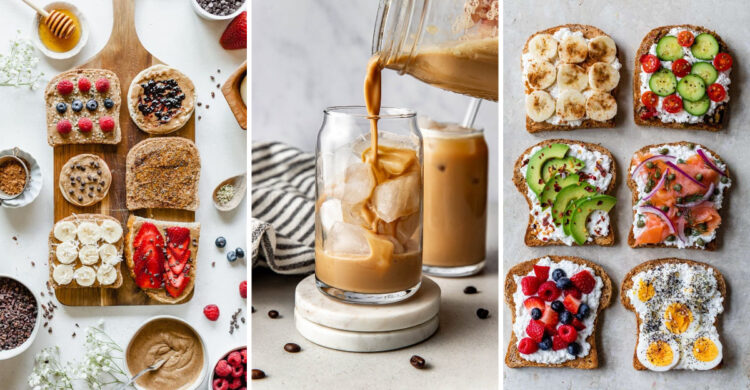
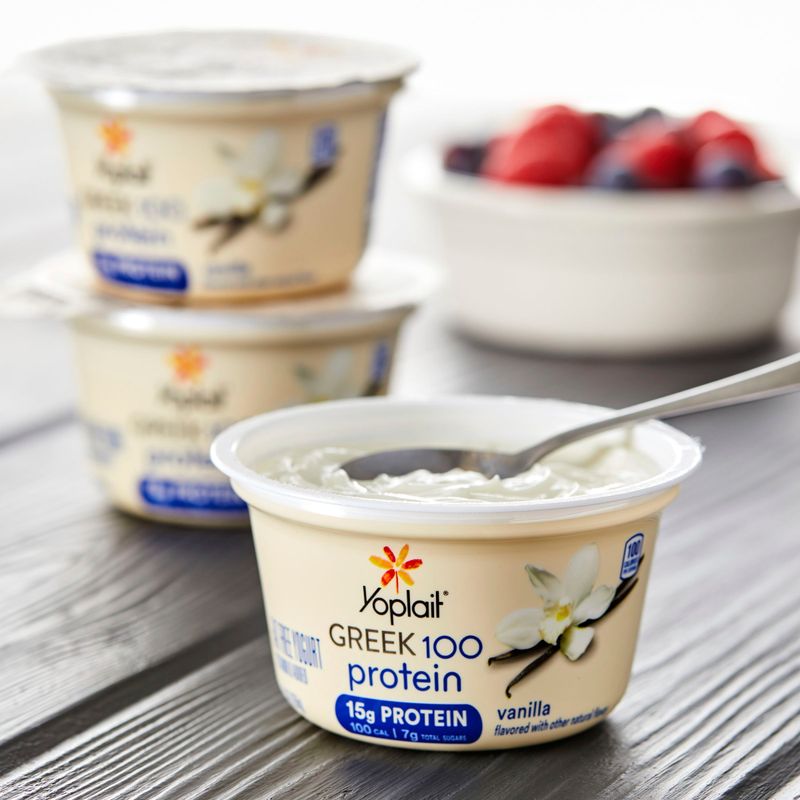
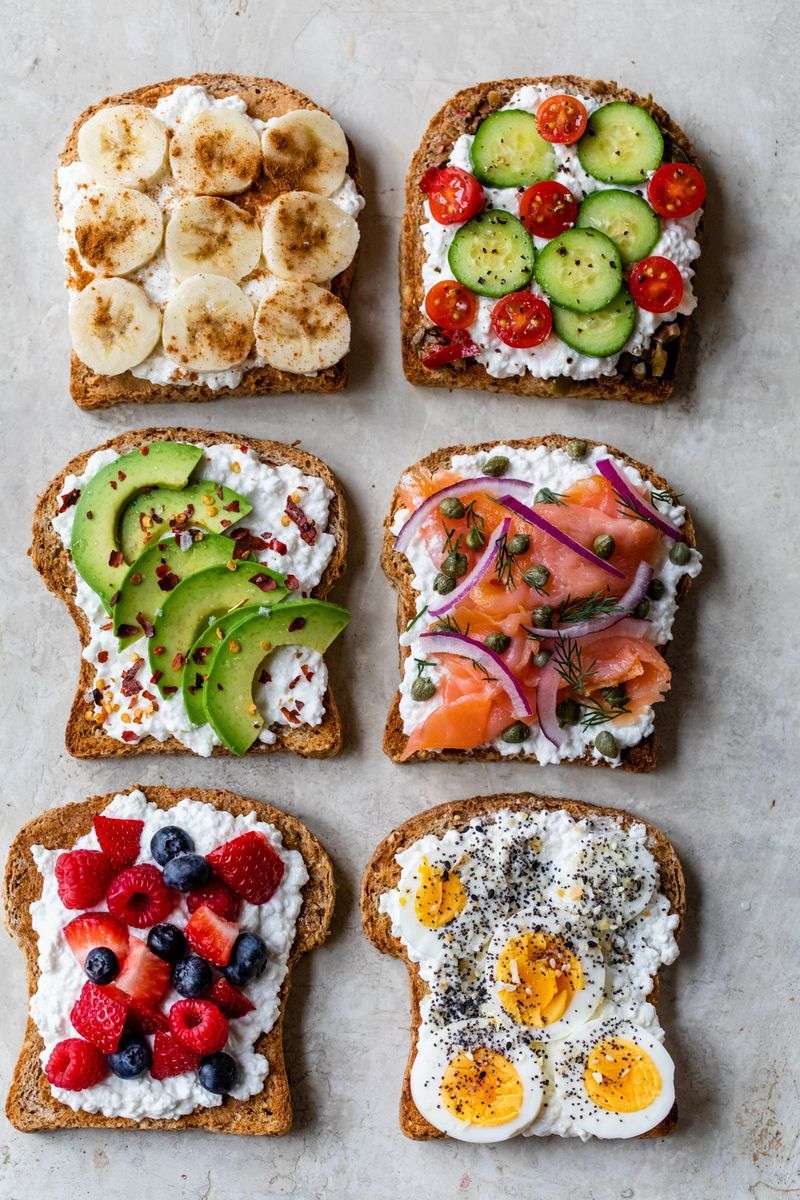
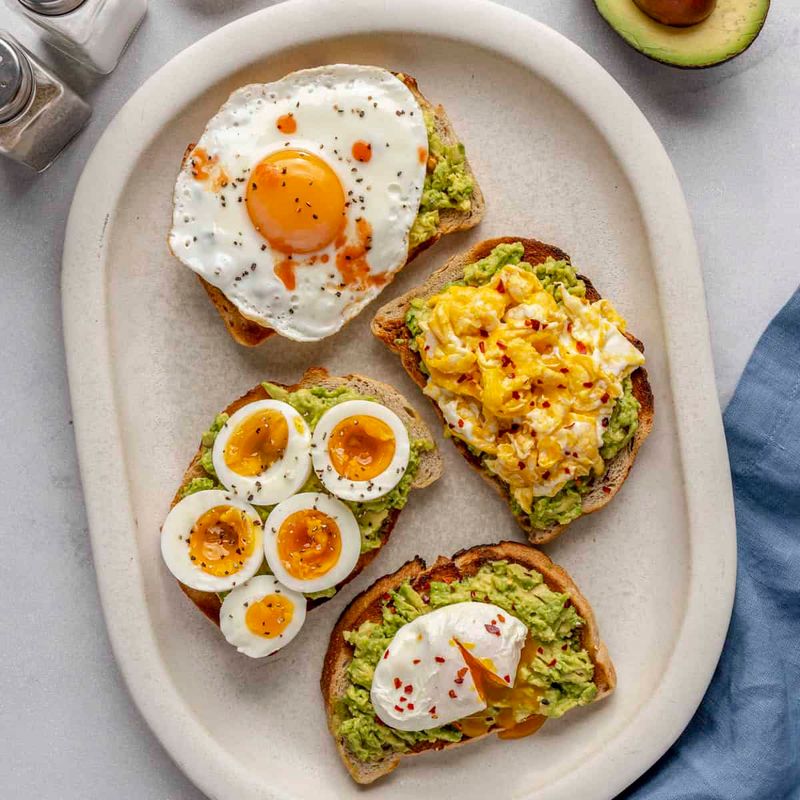
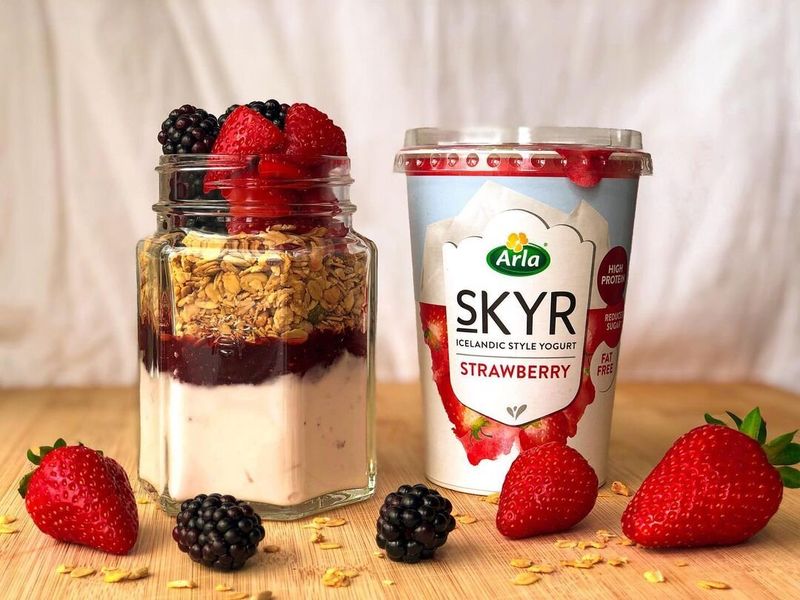
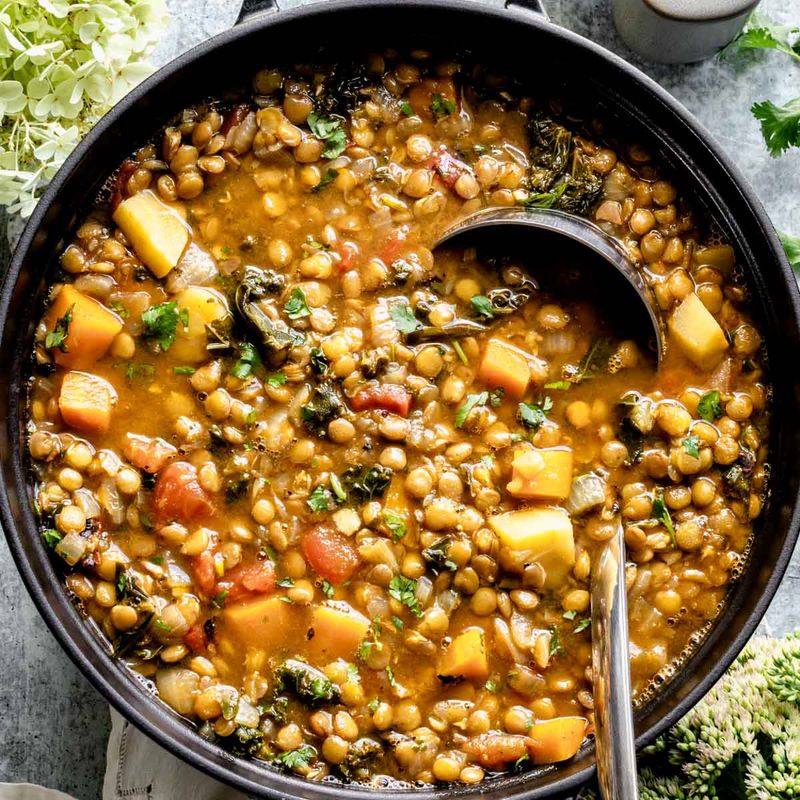
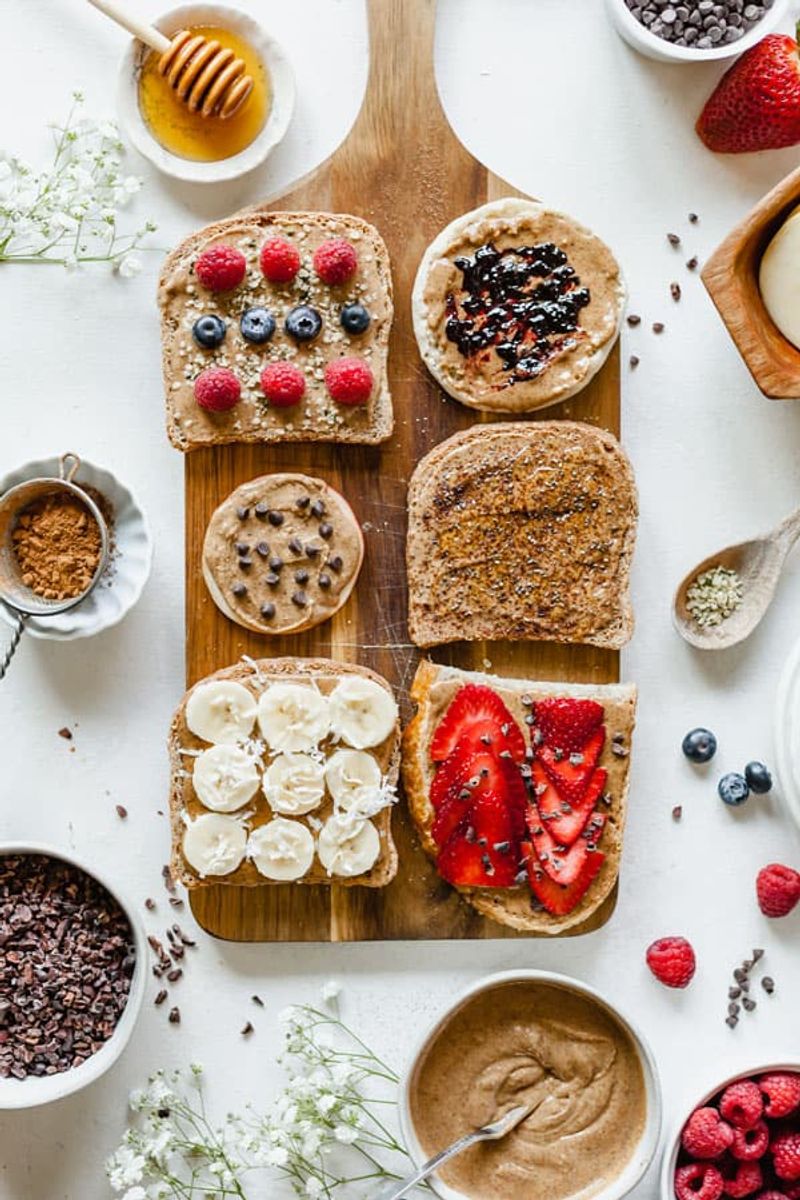
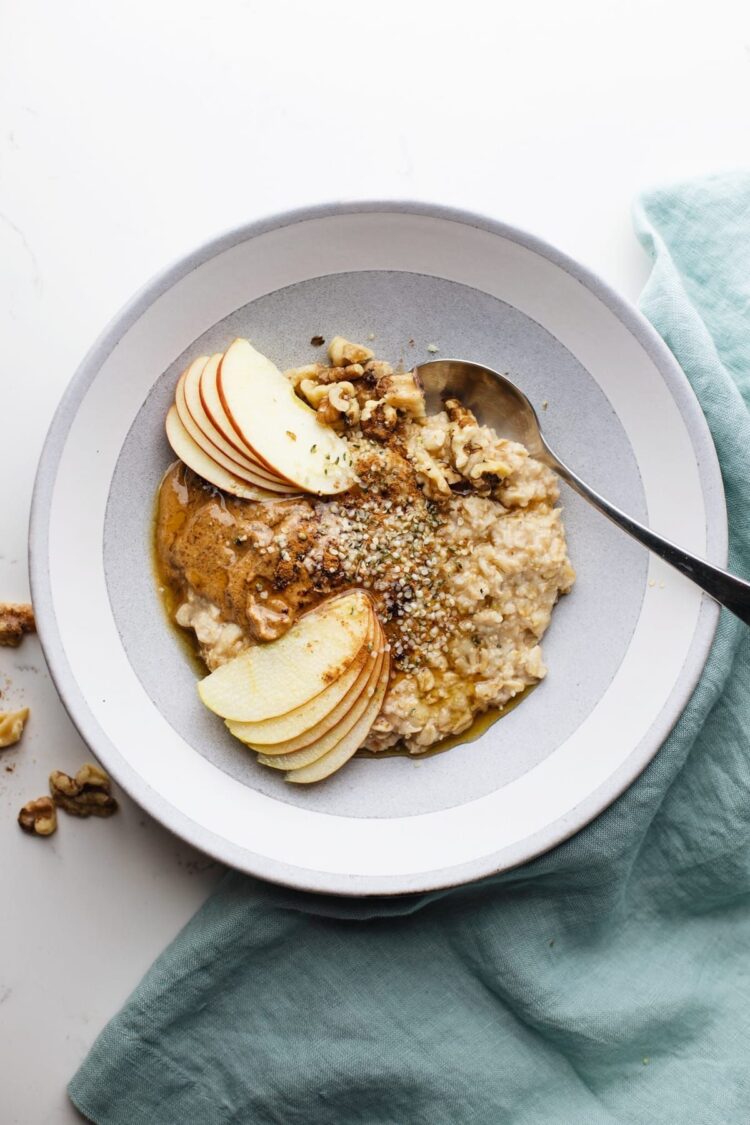
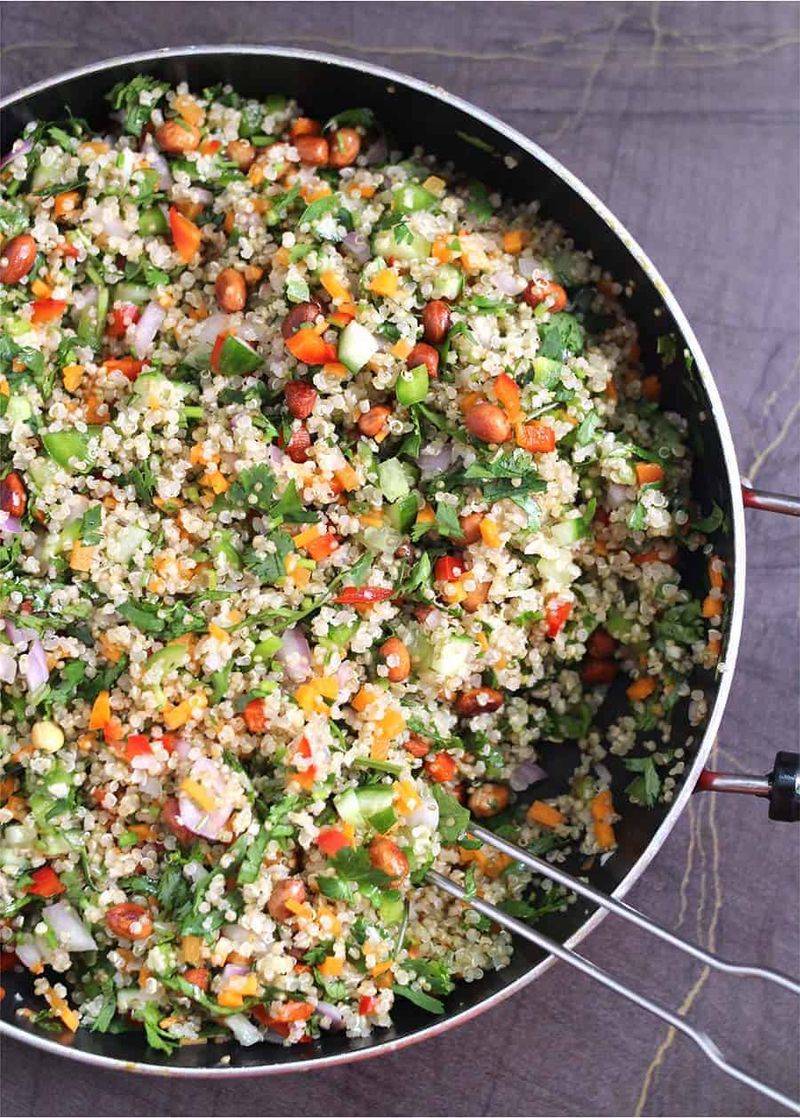
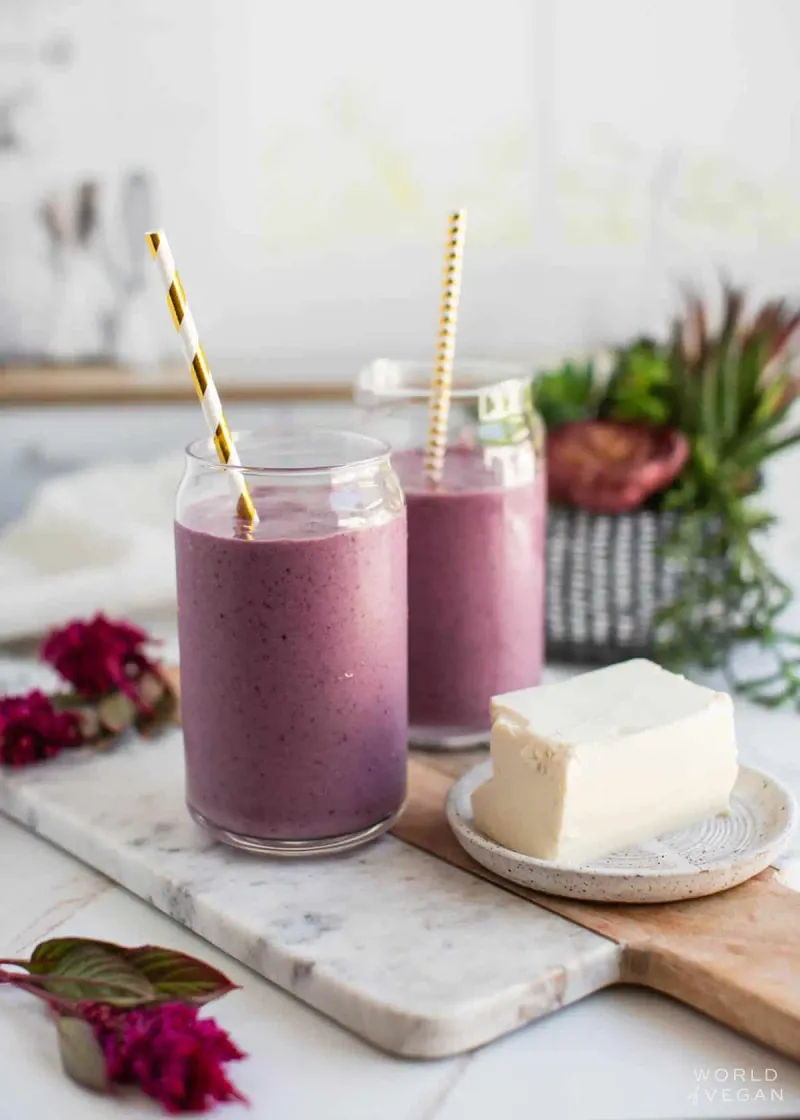
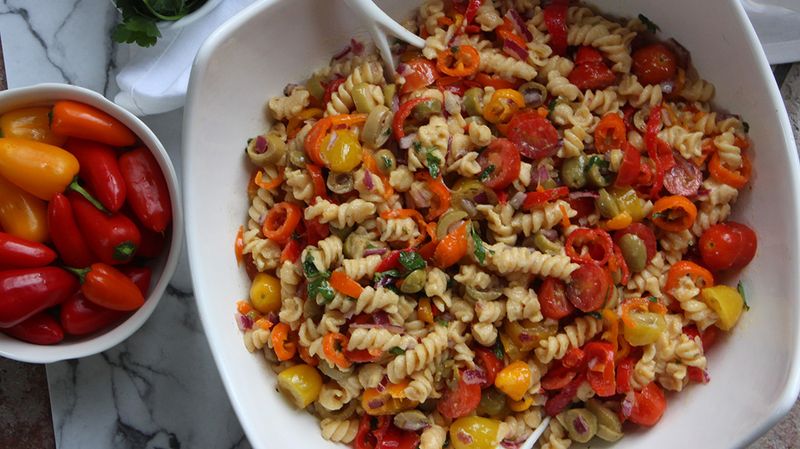
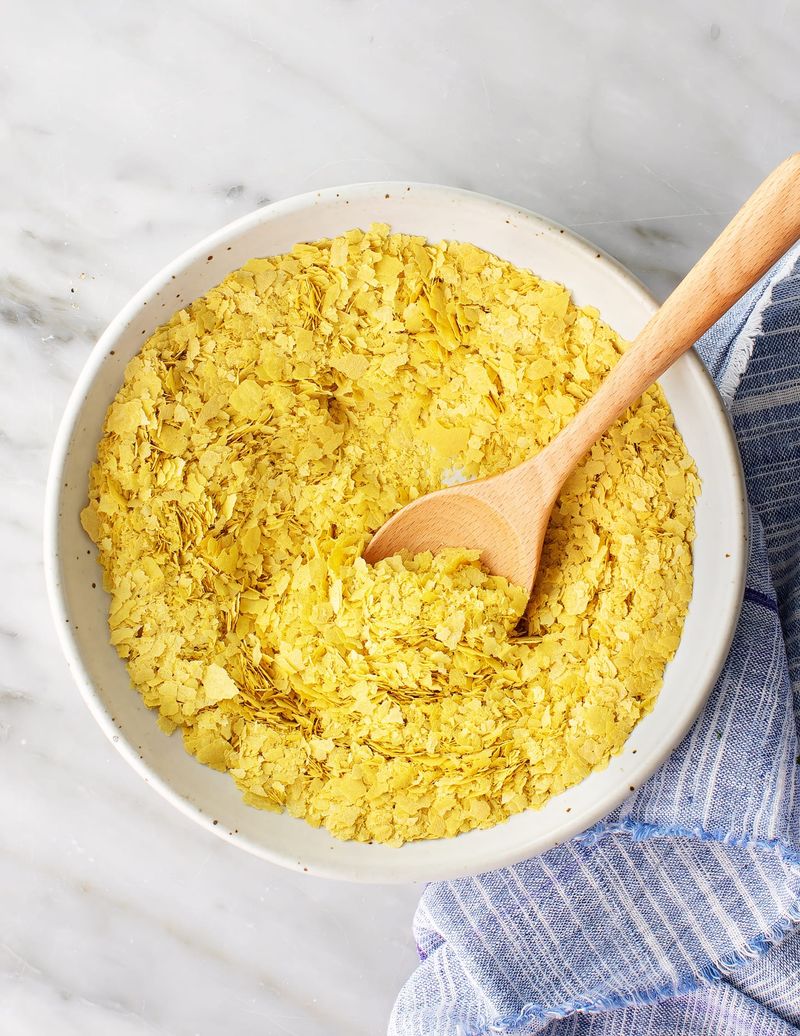
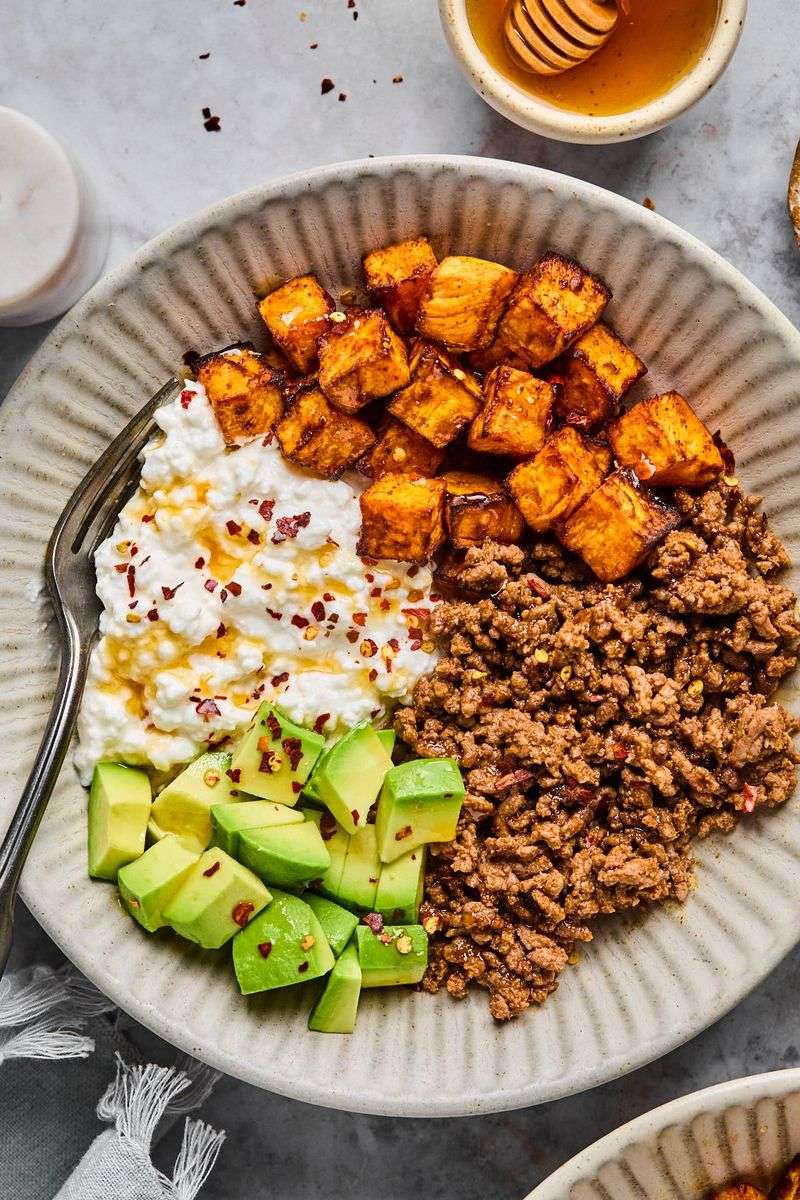
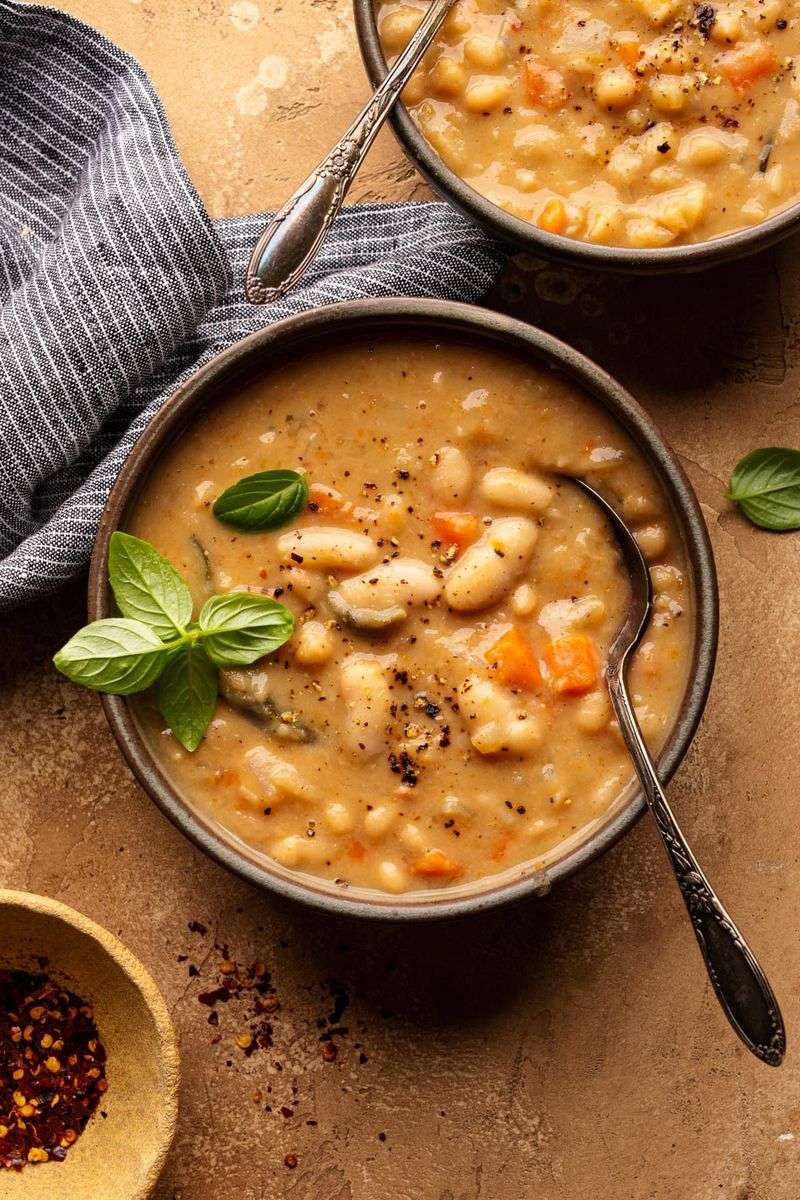
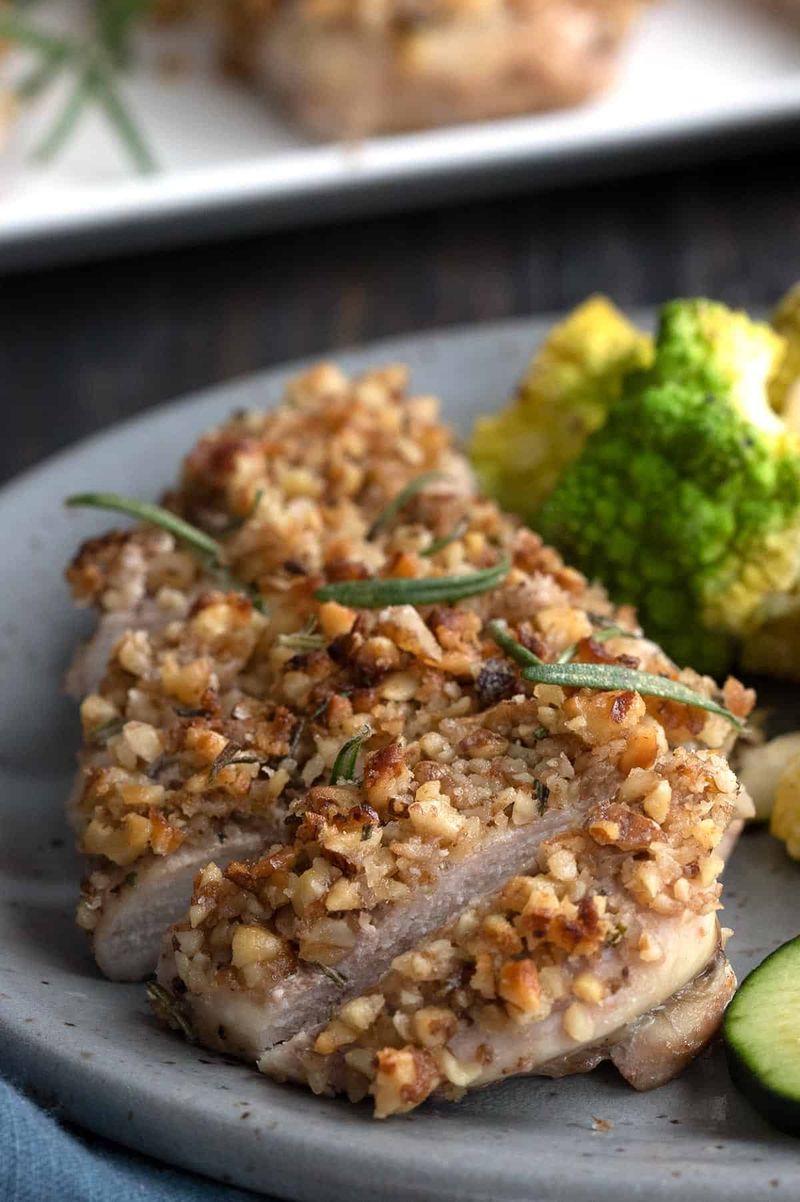

Comments
Loading…